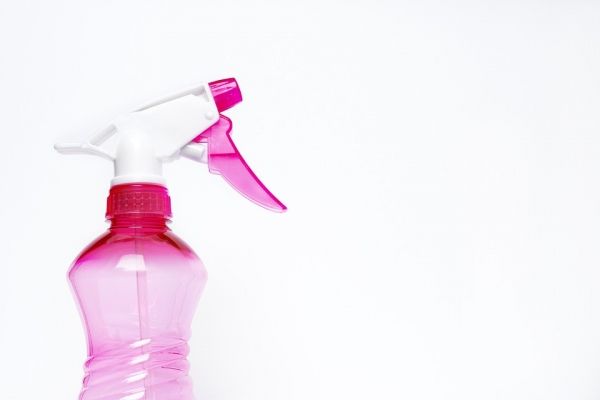For generations, people have used chlorine bleach to clean and disinfect their homes. However, researchers have now discovered that bleach fumes, in combination with light and a citrus compound found in many household products, can form airborne particles that might be harmful when inhaled by pets or people. They report their results in ACS’ Environmental Science & Technology.
Bleach cleaning products emit chlorine-containing compounds, such as hypochlorous acid (HOCl) and chlorine gas (Cl2), that can accumulate to relatively high levels in poorly ventilated indoor environments. These gases can react with other chemicals commonly found in homes, such as limonene –– an orange- or lemon-scented compound added to many personal care products, cleaners and air fresheners. In addition, indoor lighting or sunshine through windows might split HOCl and Cl2 into a hydroxyl radical and a chlorine atom, which can react with other compounds to form air particles called secondary organic aerosols (SOAs). These pollutants have been linked to respiratory problems and other adverse health effects. Chen Wang and colleagues wanted to see whether limonene and bleach fumes, at concentrations likely to occur in indoor environments, could react to produce SOAs under light and dark conditions.
Read more at American Chemical Society
Photo Credit: Mimzy via Pixabay


